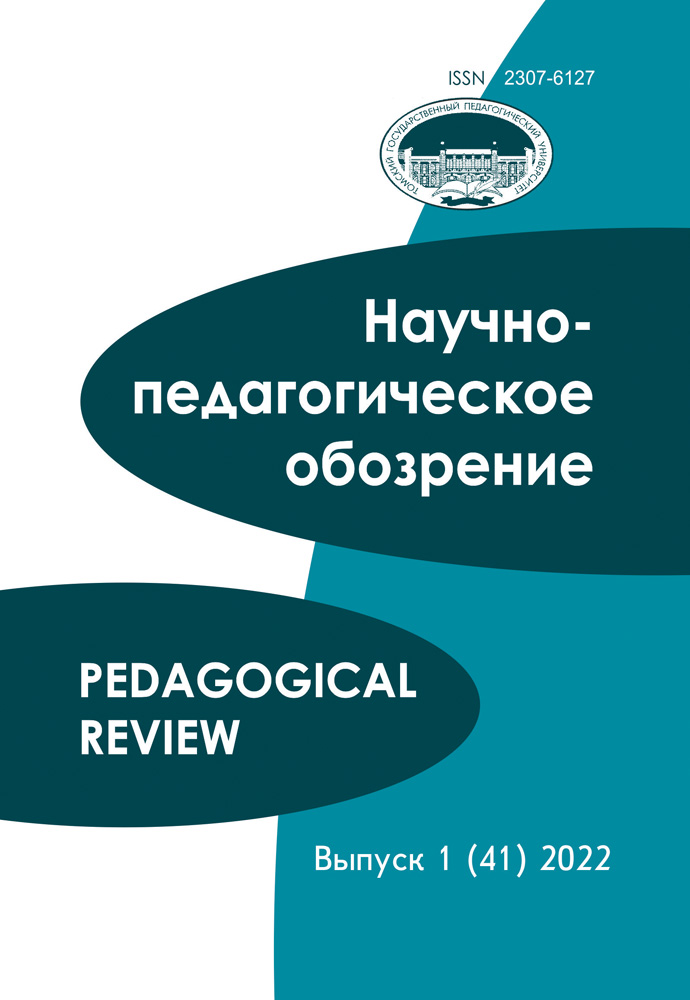Search
| # | Search | Downloads | ||||
|---|---|---|---|---|---|---|
| 1 | Possessive markers in Permic languages are widely used outside the contexts that have been described as possessive relations (Aikhenvald, Dixon, 2013). In particular, they can signal definiteness (Schlachter,1960; Suihkonen, 2005; Edygarova, 2010; Winkler, 2011). As a consequence, there are works that consider the hypothesis of grammaticalization of possessive markers in Permic as definite articles (Fraurud, 2001). However, they can be used in contexts that require an indefinite reading: first, they encode indefinite elements of a definite set or part of a mass; second, they occur with indefinite and interrogative pronouns; and third, they are used with quantifiers and numerals (in contexts of indefiniteness). The present paper offers an explanation for this phenomenon. The work is based on the data of the Pechora dialect of Komi-Zyrian and the Beserman dialect of Udmurt. Both the elicitation and corpus methods are used. The Permic possessive markers do not exhibit exhaustivity, which is observed with possessive pronouns in English, French and other languages (Simonenko, 2017; Simonenko in press). They can denote an indefinite part of a definite mass or an indefinite subset of a definite set (e.g., there were some stones in the barrel, and he took a stone). Hence, they can be used with numerals, quantifiers and pronouns that can introduce an indefinite part of a definite set or mass (e.g. which of them, one of them, someone of them). In all those contexts the possessive markers are used as referential devices, rather than markers of definiteness. Hence, their functions are adequately described in terms of reference, rather than in terms of definiteness. Keywords: Uralic languages, Udmurt, Komi-Zyrian, syntax, possessive suffixes, quantifier, noun phrase, definiteness, indefiniteness, reference, referential properties | 1206 | ||||
| 2 | This article deals with the phenomenon of Differential Object marking in Iron Ossetic. We consider the main factors underlying the choice of DO marking and the animate and referential properties of DOs. In terms of animacy, we show that the basic opposition is that of human vs. non-human animates (while non-animate only marginally takes the genitive, as shown in the literature on Ossetic). Lexical classes of non-human animate, such as animals vs. insects vs. birds vs. amphibians, are irrelevant for DO marking. Some specific lexemes show behavior characteristic of other lexical classes: the lexeme šəvɜllon ‘child’ submits to the DOM rules for non-humans, and the lexeme foš ‘livestock’ behaves like a non-animate, i.e., it rarely takes the genitive in DO position. The nouns denoting groups of people (škond ‘staff,’ k’laš ‘school class’) also behave like non-animate persons. The reference types are subject to different restrictions for human and non-human animates. For human animates, genitive marking is obligatory for reference types that presuppose the existence of the referent in the listener’s mind (from the speaker’s point of view), either concrete (definite) or abstract (e.g., attributive). The nominative is just as possible for other reference types as the genitive. The marking of non-human animate DOs is described using a scale of the relative frequency of the genitive and the nominative: DOs with negative polarity > definite specific/non-specific (attributive) DOs > negative free DOs > indefinite specific known generic DOs > indefinite specific unknown and non-specific DOs Keywords: differential object marking, direct object, Ossetic, Iranian languages, referentiality, animacy | 93 | ||||








